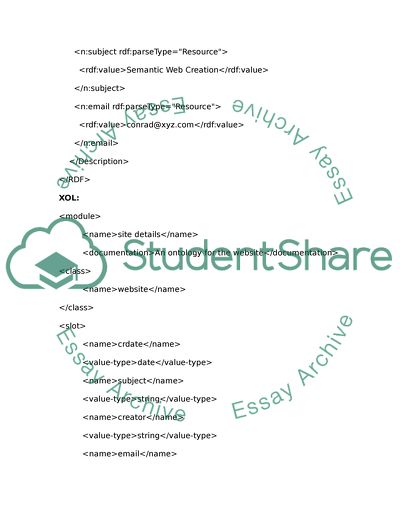Cite this document
(Case Study on Ontology Languages Example | Topics and Well Written Essays - 1750 words, n.d.)
Case Study on Ontology Languages Example | Topics and Well Written Essays - 1750 words. https://studentshare.org/humanitarian/1524065-case-study-on-ontology-languages
Case Study on Ontology Languages Example | Topics and Well Written Essays - 1750 words. https://studentshare.org/humanitarian/1524065-case-study-on-ontology-languages
(Case Study on Ontology Languages Example | Topics and Well Written Essays - 1750 Words)
Case Study on Ontology Languages Example | Topics and Well Written Essays - 1750 Words. https://studentshare.org/humanitarian/1524065-case-study-on-ontology-languages.
Case Study on Ontology Languages Example | Topics and Well Written Essays - 1750 Words. https://studentshare.org/humanitarian/1524065-case-study-on-ontology-languages.
“Case Study on Ontology Languages Example | Topics and Well Written Essays - 1750 Words”. https://studentshare.org/humanitarian/1524065-case-study-on-ontology-languages.


